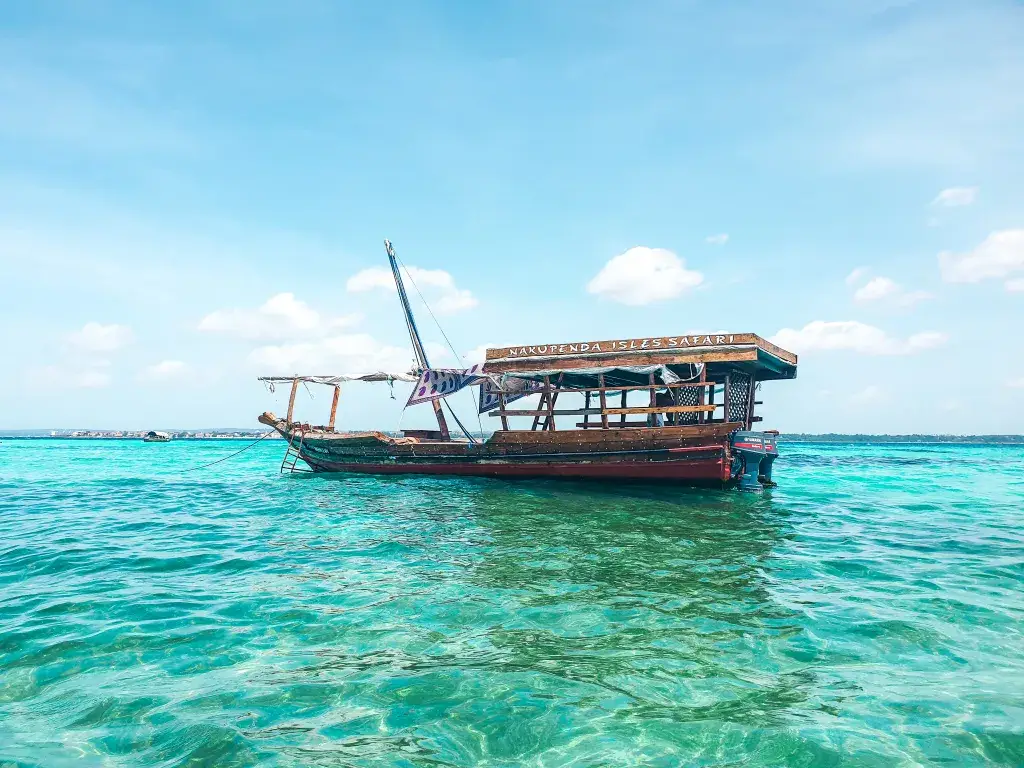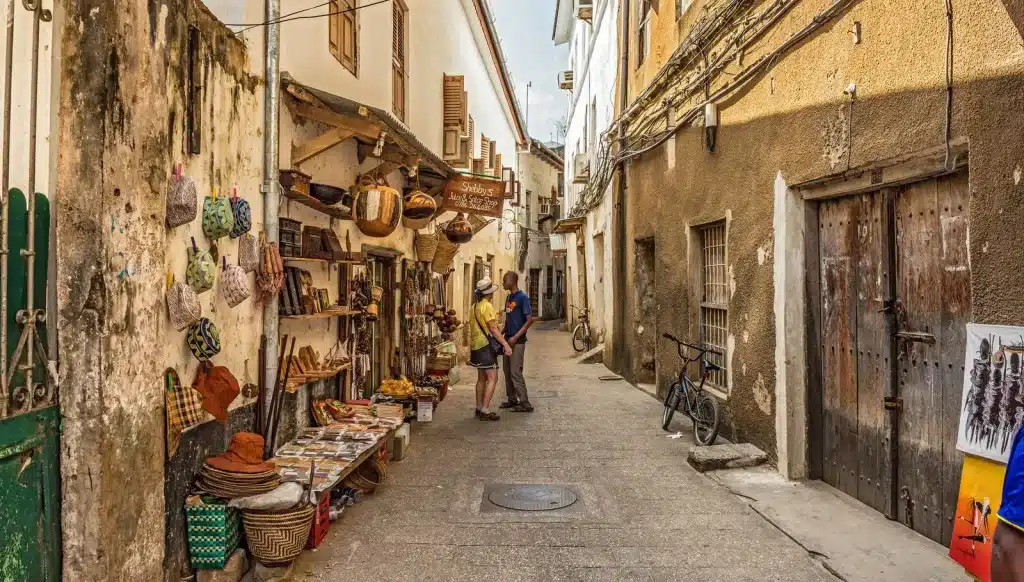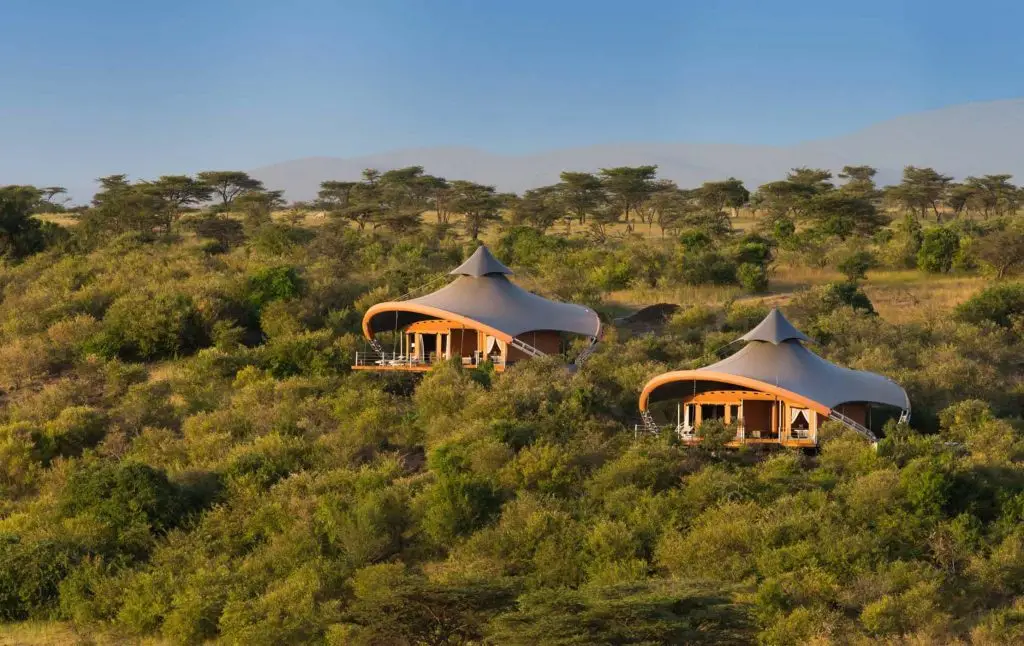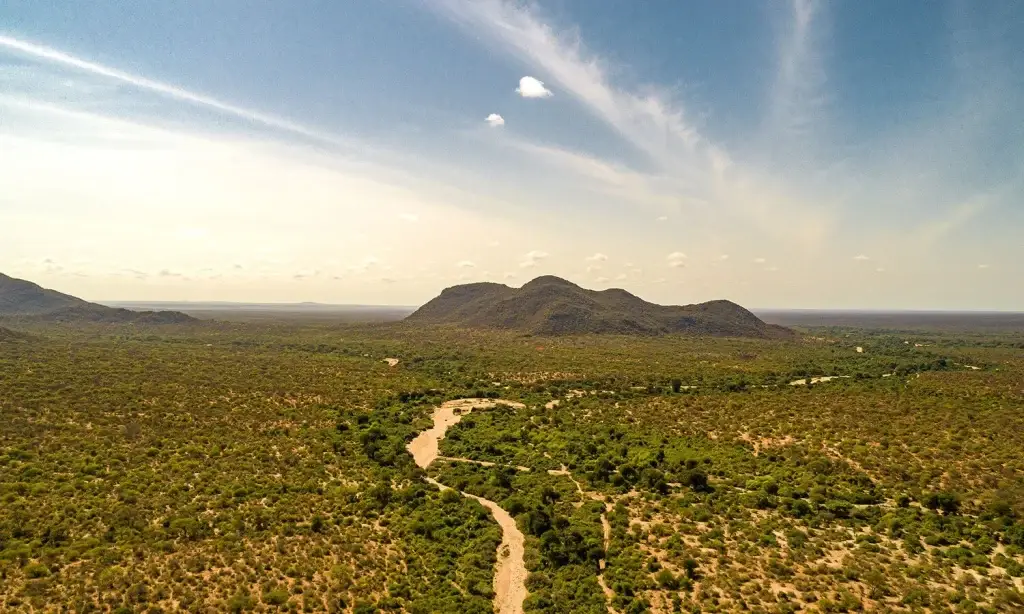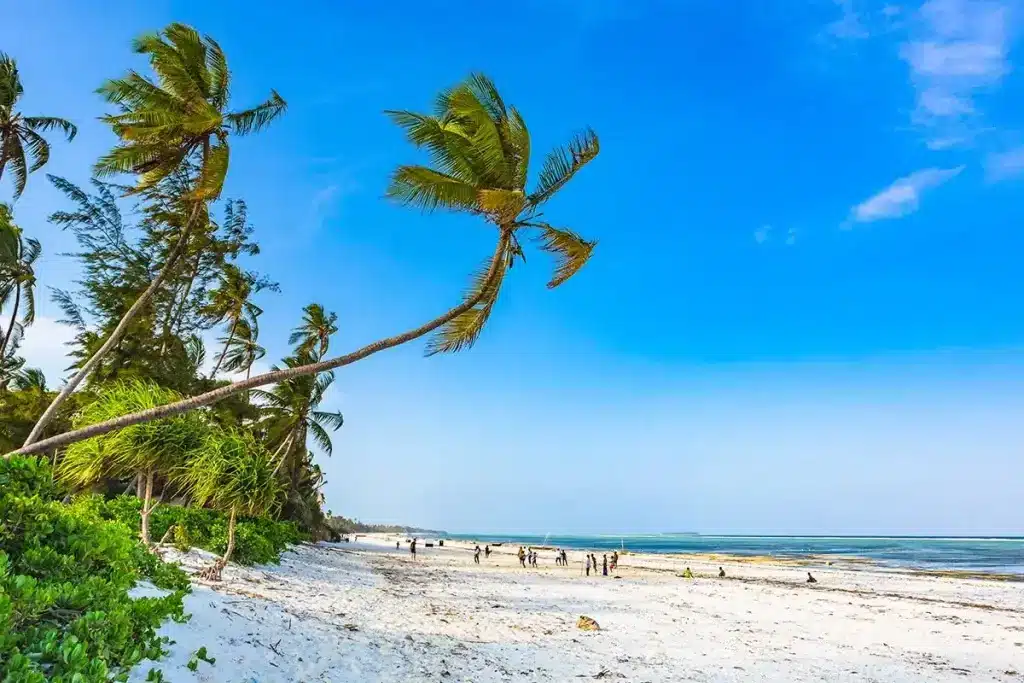This is your ultimate guide to Zanzibar, a destination that prides itself on rich cultural heritage, beautiful beaches, and a unique blend of African, Arab, and European influences. Known for its laid back atmosphere and historical significance, Zanzibar offers more than just tropical scenery. It’s a place where centuries old traditions meet modern island life.
Swahili is the dominant language spoken across the islands, though English is widely used in tourist areas and businesses. The culture is deeply rooted in Islam, which shapes daily life, festivals, and social norms. You’ll find this influence in the island’s architecture, food, dress code, and hospitality.
Zanzibar’s history is well preserved in its museums and landmarks, especially in Stone Town, a UNESCO World Heritage Site. Highlights include the House of Wonders, the Old Fort, the Palace Museum, and the Slave Market Memorial, all offering insight into the island’s past as a major trading hub.
When it comes to natural beauty, Zanzibar doesn’t disappoint. The island is home to some of the most stunning beaches in Africa, from the bustling northern shores of Nungwi to the quiet, palm-fringed sands of Jambiani. Whether you’re into water sports, historical exploration, or just relaxing by the ocean, Zanzibar offers something for every kind of traveler.
Why Visit Zanzibar?
Zanzibar is one of the most versatile travel destinations in East Africa. Whether you’re visiting for the beaches, the culture, the history, or the ocean activities, it offers a little bit of everything. Located just off Tanzania’s mainland, the island is easy to access and offers a slower, more relaxed pace of life with plenty of options for exploration and relaxation. It’s ideal for couples, solo travelers, families, and anyone looking to experience a unique blend of tropical scenery and cultural heritage.
Here’s what makes Zanzibar worth visiting:
- Beautiful, Accessible Beaches – Zanzibar’s beaches are among the best in Africa. The north (Nungwi and Kendwa) offers calm waters and vibrant beach scenes, while the east coast (Paje and Jambiani) is perfect for kitesurfing, quiet walks, and laid-back beachfront stays. Soft sands, warm waters, and stunning sunsets are the norm across the island.
- Stone Town’s History and Culture – Stone Town, the island’s historical capital, is a UNESCO World Heritage Site that reflects Zanzibar’s mix of Swahili, Arab, Indian, and European influences. It’s worth exploring on foot, expect narrow alleyways, markets, mosques, carved wooden doors, and a strong sense of place that’s unlike anywhere else in Africa.
- Spice Tours and Local Flavors – Zanzibar is known as the Spice Island for a reason. Visiting a spice farm gives you insight into how cloves, cinnamon, nutmeg, and vanilla are grown, and how much they still matter to the island’s economy. Most tours include tasting and cooking demonstrations, making them both fun and educational.
- Water Activities and Marine Life – The clear, warm waters surrounding Zanzibar are excellent for snorkeling, diving, and boat trips. Mnemba Atoll is a popular spot for underwater exploration, and dolphin-watching tours are available off the coast. Kitesurfing is also a top activity, especially along the southeastern beaches.
- Romantic and Relaxed Atmosphere – Zanzibar is a popular honeymoon destination thanks to its peaceful beaches, boutique resorts, and relaxed vibe. It’s easy to find private spaces for quiet getaways, whether you’re watching the sunset from a beachfront lodge or enjoying a candlelit dinner on the sand.
- Perfect Add-On to a Safari – Zanzibar is often combined with a mainland safari to create a balanced bush and beach itinerary. After several days in the Serengeti, Ngorongoro, or Ruaha, a few nights in Zanzibar provide the perfect way to unwind.
Visa and Entry Requirements
Travelers planning a visit to Zanzibar should be aware of the following entry requirements to ensure smooth arrival:
-
Visa: Most visitors require a visa to enter Tanzania (which includes Zanzibar). Visas can be obtained upon arrival at Zanzibar’s international airport and seaports, but processing times can vary, especially in peak season. To save time, it’s highly recommended to apply for an eVisa online before travel via the official Tanzanian immigration website.
-
Passport: Your passport must be valid for at least six months from the date of entry and have at least one blank page for stamps.
-
Yellow Fever Certificate: If you are arriving from or have recently visited a yellow fever endemic country, you must present a valid yellow fever vaccination certificate. This is strictly enforced.
-
Health Insurance & Medical Evacuation: Travelers should have comprehensive health insurance that covers medical emergencies, hospital stays, and evacuation if needed. Advanced medical care is limited in Zanzibar, and serious cases may require transport to Dar es Salaam or abroad. Without insurance, evacuation and treatment costs can be extremely high.
-
Other Entry Points: Zanzibar can also be reached by ferry from Dar es Salaam on the Tanzanian mainland, and the same visa and health rules apply.
Best Time to Visit Zanzibar
Zanzibar has a warm, tropical climate all year round, but some months are better than others depending on what you want to do. The island experiences two dry seasons and two rainy seasons, so timing your trip can make a big difference in your experience, whether you’re planning beach days, diving, or just trying to avoid the rain.
Here’s a breakdown to help you plan:
June to October – Best Overall Time
This is the long dry season and the most popular time to visit. The weather is sunny and not too humid, with average daytime temperatures between 25–29°C. It’s ideal for beach holidays, outdoor activities, and combining your trip with a mainland safari. Ocean conditions are calm and visibility for diving is excellent.
December to February – Hot and Dry
These months make up the short dry season. It’s hotter and more humid than mid-year but still a great time to visit. The beaches are lively, and water sports like snorkeling and kitesurfing are in full swing, especially along the east coast. It’s also a great time for festivals and events around the island.
March to May – Long Rains
This is the low season due to the long rains. Expect frequent, heavy showers and occasional storms, especially in April. Some hotels may close during this period, and boat trips can be affected by rough seas. However, the island is green and quiet, and prices for accommodation are much lower.
November – Short Rains
November sees the start of the short rains. Rainfall is usually light and scattered, with sunshine still common throughout the day. It’s a shoulder season, so you’ll get better rates on accommodation and fewer crowds while still enjoying most activities.
Planning Around Events
If you’re interested in cultural experiences, planning your visit around one of Zanzibar’s major events can add something special to your trip. In February, Stone Town hosts Sauti za Busara, one of Africa’s most respected music festivals, featuring live performances from across the continent in a lively, open-air atmosphere. July brings the Zanzibar International Film Festival (ZIFF), a week long celebration of film, music, art, and cultural dialogue, attracting creatives and visitors from all over the world. Both festivals offer a unique opportunity to experience the island’s vibrant cultural side beyond the beaches.

Getting to Zanzibar
By Air
Zanzibar’s main gateway is Abeid Amani Karume International Airport (ZNZ), located just outside Zanzibar City. It offers direct international flights from major hubs like Nairobi, Doha, Istanbul, and Dar es Salaam. For travelers already in Tanzania, flying from Julius Nyerere International Airport in Dar es Salaam is the fastest option, with multiple daily flights taking about 20 minutes. Many airlines serve this route, making it convenient and quick.
By Sea
Ferries run regularly between Dar es Salaam and Zanzibar, providing a popular alternative for travelers on a budget or those bringing vehicles. The ferry crossing takes approximately two hours. While this option is cost-effective and scenic, it can be affected by weather and sea conditions, so it’s wise to check schedules ahead of time. Upon arrival, taxis and shuttle services are available to help you reach your destination on the island.
Top Things to Do in Zanzibar
Zanzibar offers a diverse range of activities to suit all interests, whether you’re looking for relaxation, culture, adventure, or wildlife. Here are some of the must-do experiences on the island:
1. Explore Stone Town
Stone Town is the historical and cultural heart of Zanzibar. This UNESCO World Heritage Site is a maze of narrow alleys lined with old coral stone buildings, intricately carved wooden doors, and bustling markets. Take your time to visit landmarks like the Old Fort, the House of Wonders (Beit-el-Ajaib), and the Sultan’s Palace. The former slave market site is a poignant reminder of Zanzibar’s complex past. Don’t miss the chance to shop for local crafts or enjoy a coffee at one of the rooftop cafés overlooking the town’s rooftops and the ocean.
2. Visit a Spice Farm
Zanzibar’s nickname “The Spice Island” comes from its long history as a center for spice production. On a guided spice farm tour, you’ll see how cloves, cinnamon, nutmeg, vanilla, and black pepper are grown and harvested. The tours are sensory experiences, you’ll smell fresh spices, taste exotic fruits, and learn about the important role spices played in the island’s economy and culture. Many tours include a cooking demonstration where you can see how spices are used in local dishes.
3. Relax on the Beaches
Zanzibar’s beaches are famous for their soft white sand and clear blue waters. Nungwi and Kendwa, located on the northern tip, are known for their calm seas, lively atmosphere, and beautiful sunsets. The east coast beaches, such as Paje and Jambiani, offer a more relaxed vibe with opportunities for kitesurfing, snorkeling, and exploring nearby fishing villages. Whether you want to lounge under a palm tree, take a refreshing swim, or enjoy a beachside massage, Zanzibar’s beaches have something for everyone.
4. Go Snorkeling or Diving
The waters surrounding Zanzibar are home to vibrant coral reefs teeming with marine life. Mnemba Atoll is a private marine reserve popular for snorkeling and diving, offering clear visibility and colorful fish species. Chumbe Island, a protected marine sanctuary, is another excellent spot, featuring well preserved coral reefs and opportunities to see turtles and dolphins. Beginners and experienced divers alike can find dive schools and snorkeling tours that cater to all levels.
5. Take a Sunset Dhow Cruise
A sunset dhow cruise is a classic Zanzibar experience. These traditional wooden sailing boats glide gently along the coast as the sun dips below the horizon, casting warm colors across the sky and sea. Most cruises include refreshments such as tropical fruit, snacks, and sometimes champagne. It’s a peaceful and romantic way to enjoy the island’s natural beauty and is popular among couples and groups alike.
6. Visit Jozani Forest
Jozani Chwaka Bay National Park is the island’s only protected forest and a great place for nature lovers. The forest is home to the rare Zanzibar red colobus monkey, found only here and highly endangered. Guided walks through the forest allow you to spot these monkeys, along with other wildlife such as bush babies and various bird species. The park also features mangrove boardwalks, showcasing unique coastal ecosystems and plant life.
7. Experience Local Cuisine
Zanzibar’s food scene is rich and diverse, influenced by Arab, Indian, and African flavors. Popular dishes include seafood curries, urojo (a tangy local soup), Zanzibar pizza (a stuffed flatbread), and fresh tropical fruits like mango, jackfruit, and passionfruit. Food tours are a great way to discover hidden gems and street food stalls, while many local restaurants offer traditional meals made with fresh, local ingredients.
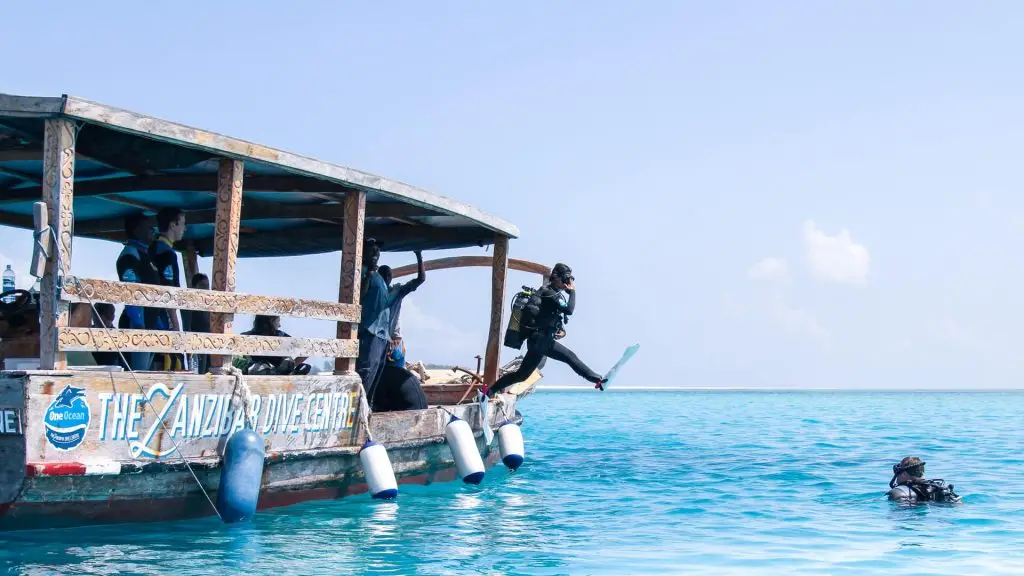
Where to Stay: Regional Breakdown
Stone Town
Stone Town is the cultural heart of Zanzibar and offers a mix of guesthouses, boutique hotels, and mid-range accommodations within walking distance of markets, historic sites, and dining spots. Staying here puts you right at the center of the island’s heritage, perfect for travelers interested in history, architecture, and local life. Popular guesthouses provide charming courtyards and rooftop terraces overlooking the old town’s labyrinthine streets.
North Coast (Nungwi and Kendwa)
Famous for some of Zanzibar’s best beaches, the north coast is bustling with luxury resorts, mid-range hotels, and stylish beach villas. The area is known for its powdery white sand and calm, clear waters, ideal for swimming year-round. Nungwi also offers vibrant nightlife with beach bars and restaurants. This region suits travelers seeking comfort, stunning scenery, and a lively atmosphere.
East Coast (Paje, Jambiani, Matemwe)
The east coast is more laid-back and less developed, perfect for those wanting to unwind in a tranquil environment. It’s popular with kite surfers and eco-tourists, with guesthouses, boutique lodges, and eco-resorts blending into the natural surroundings. The beaches here are wide, sandy, and backed by swaying palms. Accommodations range from simple, budget-friendly places to charming mid-range resorts.
South Coast (Kizimkazi and Surrounds)
Known for its peaceful beaches and dolphin tours, the south coast is a quieter alternative with small lodges and guesthouses close to nature. It’s ideal for wildlife enthusiasts and travelers wanting to escape the crowds. This area offers easy access to marine reserves and traditional fishing villages, providing an authentic island experience.

Cultural Etiquette and Dress Code
Zanzibar’s cultural fabric is deeply woven with Islamic traditions, so respecting local customs is key to a positive experience. In Stone Town and rural areas, modesty is not just polite, it’s expected. Women should cover their shoulders and knees; long skirts, loose pants, and tops with sleeves work best. Men should avoid sleeveless shirts and shorts that are too short. This respect extends to visits to mosques and religious sites, where conservative dress is mandatory, and shoes must be removed before entry.
Public displays of affection, such as kissing or hugging in public, are generally frowned upon. When interacting with locals, always greet politely and ask permission before taking photos, especially of people or private property. In markets, bargaining is part of the culture, but always do so with a smile and respect.
On Zanzibar’s beaches and resorts, dress codes relax considerably, but topless sunbathing is considered inappropriate. Carrying a light scarf or shawl when visiting towns or religious sites allows quick coverage when needed. Understanding and adapting to local customs not only shows respect but enriches your cultural experience.
What to Pack
Packing smart can make your Zanzibar trip smoother and more comfortable:
-
Lightweight Clothing: Given Zanzibar’s tropical climate, pack clothes made from breathable fabrics like cotton or linen. Loose-fitting shirts, dresses, and pants help keep you cool.
-
Modest Attire: For cultural and religious visits, bring clothes that cover shoulders and knees, a lightweight shawl or scarf is very useful for women.
-
Beachwear: Swimsuits, cover-ups, flip-flops, and a sarong are essential for beach days and water activities.
-
Sun Protection: The sun is strong year-round, bring a wide-brimmed hat, sunglasses, and sunscreen with high SPF to avoid sunburn.
-
Footwear: Comfortable sandals for the beach and sturdy walking shoes or sneakers for exploring Stone Town, spice farms, or forest trails.
-
Evening Wear: Temperatures can cool slightly after sunset, so pack a light sweater or jacket for comfort.
-
Health Essentials: Mosquito repellent is vital to prevent bites, and anti-malarial medication is recommended after consulting a healthcare provider. Carry a basic first aid kit including any personal medications.
-
Electronics: Zanzibar uses UK-style power plugs (Type G, 230V), so bring suitable adapters and chargers. Consider a portable power bank for days spent exploring.
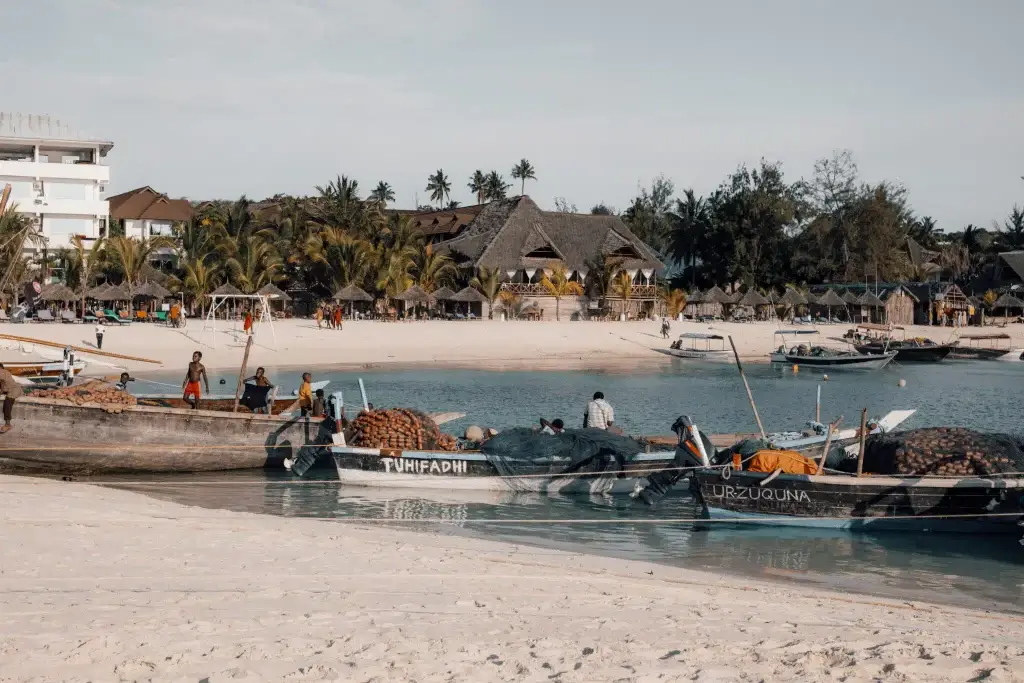
Practical Tips for Your Zanzibar Adventure
Getting around Zanzibar is simple and flexible, whether you prefer exploring on foot, hopping on a dala-dala (shared minibus), or grabbing a taxi. In Stone Town, walking is often the best way to soak in the atmosphere and discover hidden gems, while taxis and rental cars offer easy transport for longer journeys. For the adventurous, renting a scooter or bicycle along the coast gives you freedom, but always stay alert on busy or uneven roads.
Budget wise, Zanzibar caters to all travelers. If you’re watching your spending, dala-dalas and street food keep costs low, while guesthouses offer affordable stays. For those wanting a more comfortable experience, there are plenty of mid-range and luxury hotels and resorts. The Tanzanian shilling (TZS) is the local currency, but US dollars are widely accepted in tourist areas. ATMs are common in Stone Town, but it’s smart to carry some cash for smaller purchases or remote locations. Always exchange money through official channels to avoid scams.
Let’s Start Planning Your Zanzibar Safaris. Get In Touch With Us Now To Start Planning.
We have great and professional safari experts available and ready to help you design and curate a one in a lifetime safari experience. Fill in Our Contact Form with the details you Would want or Send us a WhatsApp text to reach us at +254729744244.

